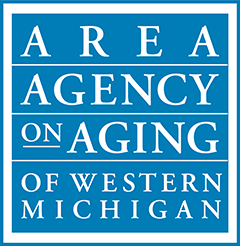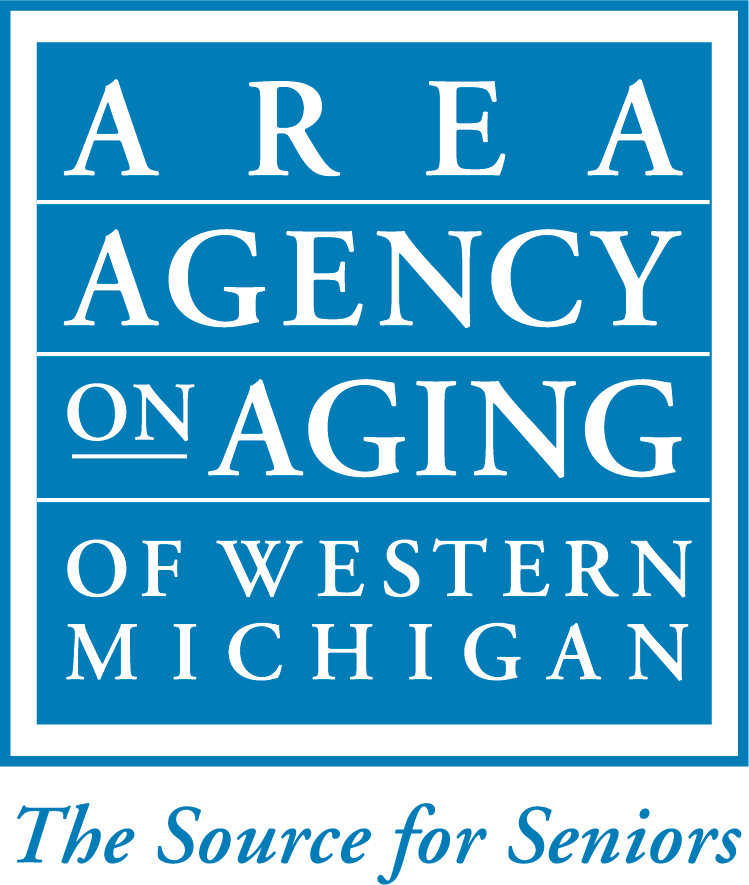What are Area Agencies on Aging?
Area Agencies on Aging are a nationwide network of nonprofit agencies created by Congress to be one-stop shops with information about programs, services and housing options. AAAs were created in 1974 by the federal Older Americans Act with the mission of creating home and community-based services to maximize the independence and dignity of older adults. AAAs work hand-in-hand with a statewide network of over 1,200 service providers including county commissions on aging, senior centers and home health agencies. They also work hand-in-hand with the state agency that oversees aging programs – the Aging and Adult Services Agency (AASA). AASA, AAAs, and local service providers are called Michigan’s “aging network.”
How many AAAs serve Michigan?
There are 16 AAAs that serve all of Michigan’s 83 counties. Most are private nonprofit organizations that cover multi-county regions. AAAs are run by boards of directors; and these members represent local units of government, consumers and other important community partners. AAAs also have advisory councils that may include older adult leaders and service partners. For information about the location of AAAs in other states, call the Eldercare Locator toll-free at 1-800-677-1116 or visit https://eldercare.acl.gov.
What do AAAs do?
AAAs assist older adults and caregivers looking for information and resources. They are experts on all aspects of aging. They provide specialized assistance on Medicare, Medicaid and health insurance issues through the MMAP program. AAAs provide Care Management, a service that assists frail elders and their families by 1) performing a thorough in-home assessment of the elder’s condition and living situation, 2) developing a care plan to assist the elder in maintaining a quality life, 3) determining if the elder qualifies for any government programs, and 4) educating the elder about the services and programs from which he or she can choose.
AAAs create new services to fill gaps. Creating a service means raising money, finding one or more agencies to provide the service, coordinating the new service with existing programs, and informing seniors and the community about the availability of the new service. AAAs raise additional resources from governmental and private sources. They solicit funds from federal, state and local governments, nonprofit agencies, corporations, foundations, direct mail solicitations, special events and private donors.
AAAs advocate on behalf of older adults and caregivers. AAAs advocate for new programs, more funds for existing programs, and public policies that benefit the elderly. The federal Older Americans Act requires AAAs to advocate for older adults. AAAs have been successful in advocating for federal, state and local resources, and blend all three into a cost-effective service system.
AAAs play a key role in planning: they research the needs of older adults; they catalogue the services available to coordinate efforts and prevent duplication. After determining needs and resources, they prioritize unmet needs and develop plans to address them. In some cases, meeting seniors’ needs requires advocacy and in other cases, services are necessary. AAAs fund a wide variety of home and community-based services, and screen potential partners to find those that deliver quality services at a reasonable price.
Where do Michigan AAAs get funding?
Funding comes from the federal Older Americans Act, the state Older Michiganians Act, and the Medicaid program (for the MI Choice Medicaid Waiver). Many service providers have additional funding sources, for example, senior millage. AAAs also receive $1 million from local governments; that’s the required local match for federal funds. AAAs are a cost-effective system with the vast majority of funds being spent on services and only 5% used for administration.
Information taken from:

